
Oman Animals
Follow the Trail of Wild Nature – Nature Tourism in Oman
Nestled in the Arabian Peninsula, the Sultanate of Oman is a land of diverse ecosystems, ranging from rugged mountains to pristine coastlines and vast deserts. This unique blend of habitats provides a home to a fascinating array of wildlife, making Oman a haven for nature enthusiasts and wildlife lovers.
Embark on a journey through the animal kingdom of Oman, where you can encounter the majestic Arabian leopard, a critically endangered species that roams the rocky terrain of the Hajar Mountains. Explore the coastal waters to catch a glimpse of the playful bottlenose dolphins and the elusive humpback whales that migrate through the Arabian Sea. Keep an eye out for the Arabian oryx, a symbol of resilience and grace, as it navigates the arid deserts of Oman. With its rich biodiversity, Oman offers a captivating experience for those seeking to witness the wonders of the natural world.
Mammals of Oman
In the diverse landscapes of Oman, from arid deserts to lush mountains, one can encounter a fascinating array of mammals that have adapted to the country's unique environments. The Arabian oryx, with its striking white coat and elegant horns, roams the sandy expanses, a conservation success story having been brought back from the brink of extinction. The nimble Nubian ibex climbs the rocky mountain terrain with ease, while the elusive Arabian leopard, a critically endangered species, stalks the remote areas of the Dhofar mountains. In the coastal waters, the acrobatic spinner dolphin can often be seen leaping from the waves, and the dugong, a gentle marine mammal, grazes on seagrass beds in the sheltered bays. These mammals are just a glimpse of the natural heritage that Oman has to offer.
Birds of Oman
In the diverse landscapes of Oman, bird enthusiasts can marvel at a rich avifauna, including the graceful Egyptian Vulture, known locally as the Pharaoh's Chicken, soaring high above the Hajar Mountains. The coastal areas provide sanctuary for the vibrant Greater Flamingo, painting the wetlands pink, while the diminutive but striking Indian Roller flashes its brilliant blues in the open countryside. The Arabian Peninsula is also home to the Arabian Babbler, a sociable bird often seen in noisy groups. In the Dhofar region, one might catch a glimpse of the rare Arabian Golden-winged Grosbeak, a true gem for avid birdwatchers. Oman's birdlife is a testament to the country's natural splendor, offering a glimpse into the avian wonders of the Middle East.
Reptiles
Top Spots for Wildlife Observation in Oman
- The Al Wusta Wildlife Reserve, located in the central coastal area of Oman, is a haven for the critically endangered Arabian oryx, a species that was once extinct in the wild but has been successfully reintroduced. Visitors can also spot the Arabian gazelle and various bird species, including the Egyptian vulture and the Houbara bustard.
- The Ras Al Jinz Turtle Reserve, situated on the eastern shores of Oman, offers a unique opportunity to witness the nesting of the endangered green sea turtle. This reserve is one of the few places in the world where these turtles can be observed in their natural habitat, especially during the nesting season from May to October.
- The Jebel Samhan Nature Reserve in the Dhofar region is a sanctuary for the Arabian leopard, a species that is critically endangered with only a few individuals left in the wild. The reserve's rugged terrain and caves also provide a home for the Nubian ibex, Arabian wolf, and several species of bats and birds.
- The Daymaniyat Islands Nature Reserve, a group of nine islands off the coast of Muscat, is a marine protected area known for its vibrant coral reefs and diverse marine life. Snorkelers and divers can encounter a variety of fish, sea turtles, and occasionally, whale sharks. The islands are also a breeding ground for seabirds such as the sooty falcon and the bridled tern.
- The Musandam Governorate, a peninsula separated from the rest of Oman by the United Arab Emirates, is characterized by its fjord-like khors (inlets). The area is a hotspot for dolphin watching, with species like the Indian Ocean humpback dolphin and the common bottlenose dolphin frequently seen. The rocky outcrops and cliffs also provide nesting sites for the white-cheeked tern and the osprey.
- The Dhofar Mountains and the surrounding area, particularly during the Khareef (monsoon) season, transform into lush green landscapes attracting a variety of wildlife. The region is home to the Arabian tahr, a rare species of wild goat, and the Dhofar toad, which is unique to this area. Birdwatchers can also spot the endemic Dhofar partridge and the graceful Arabian golden-winged grosbeak.
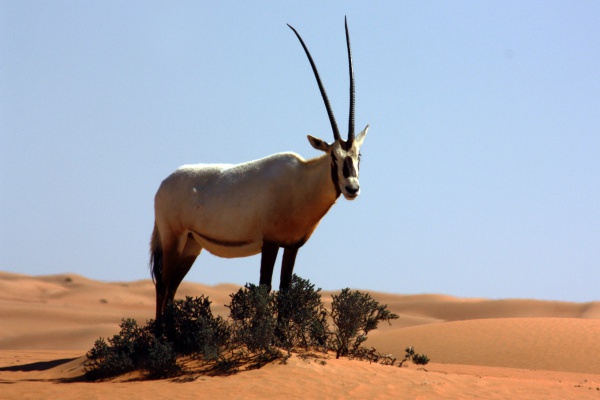
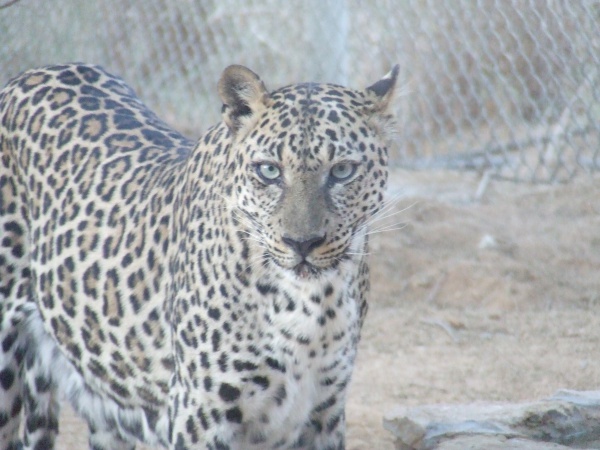
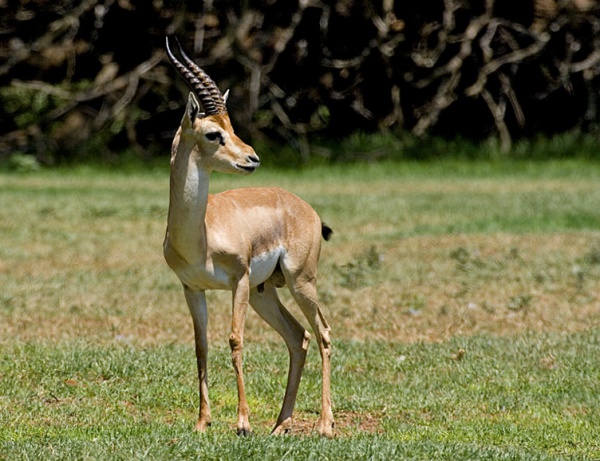
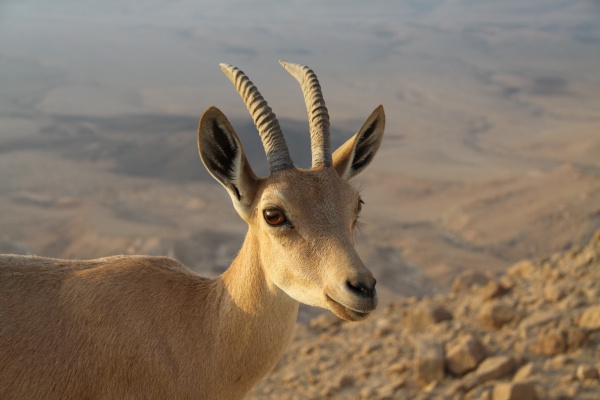
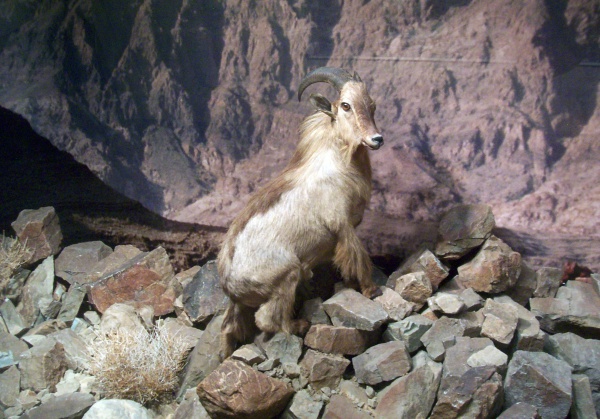
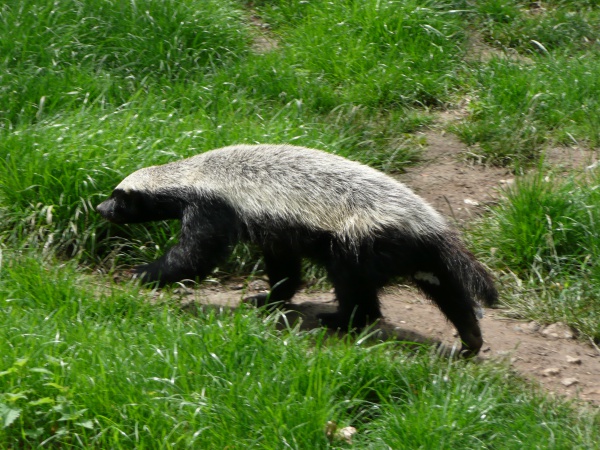
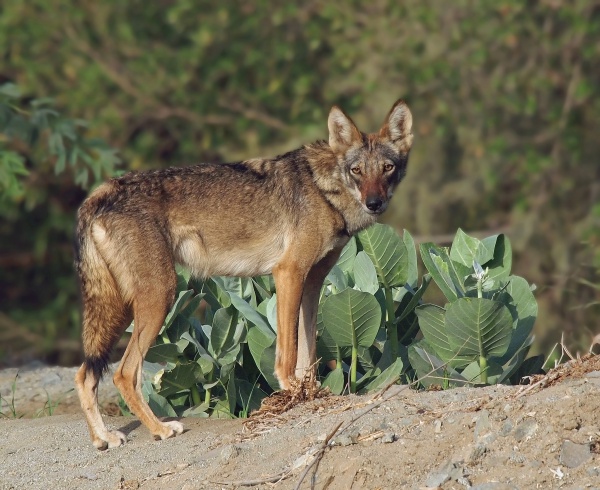
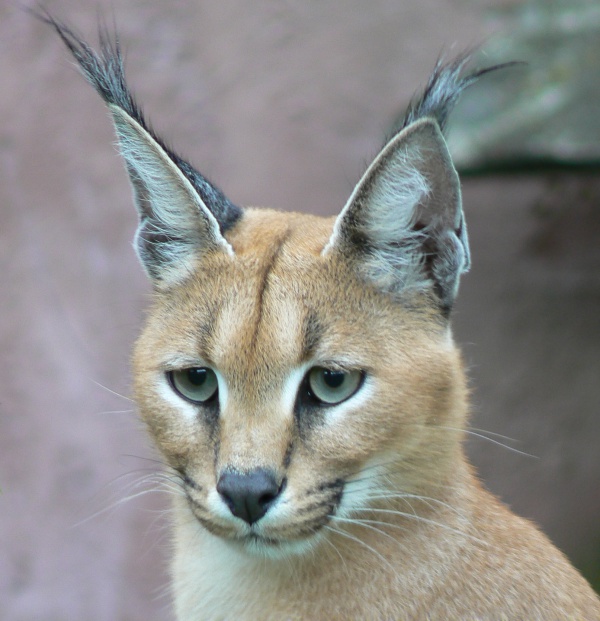
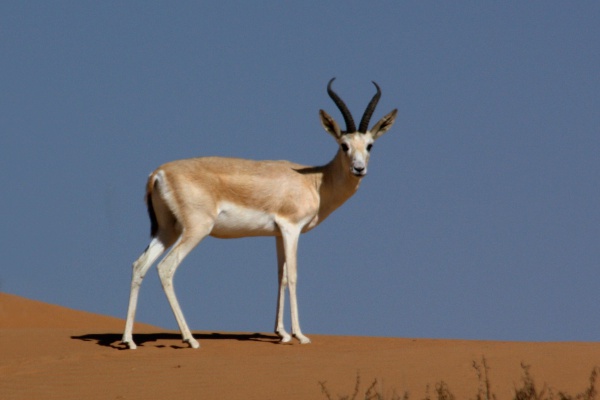
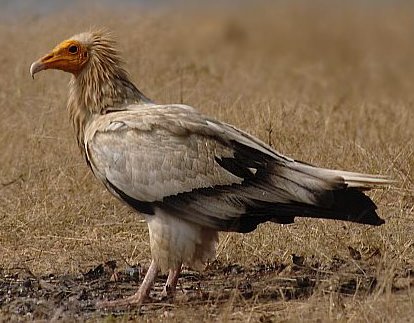
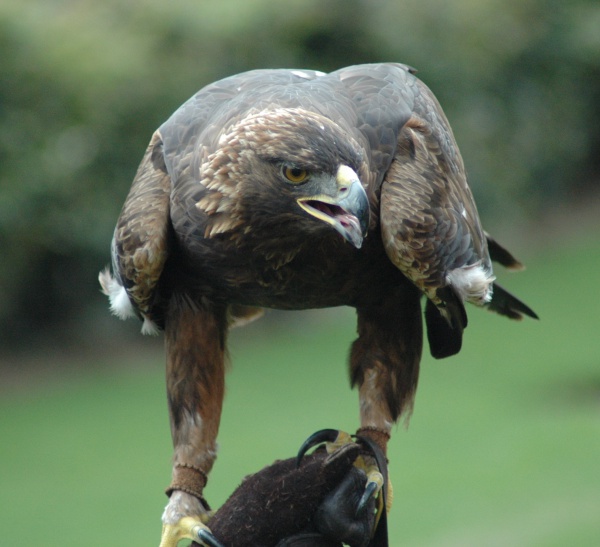
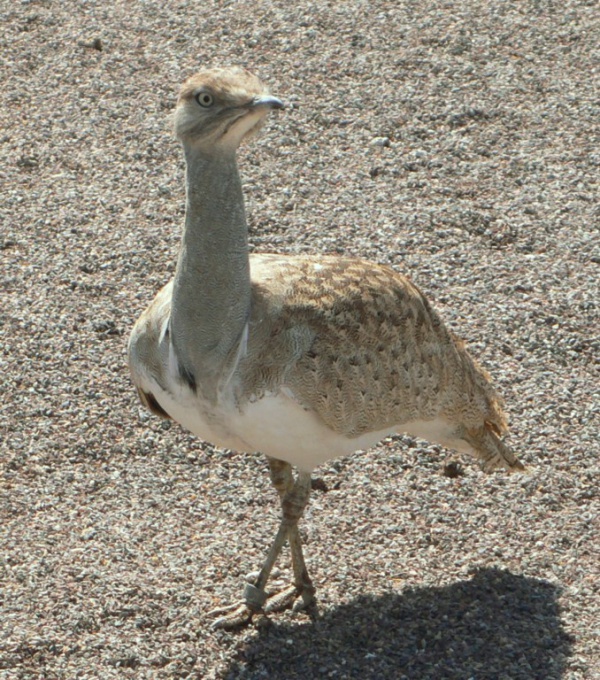
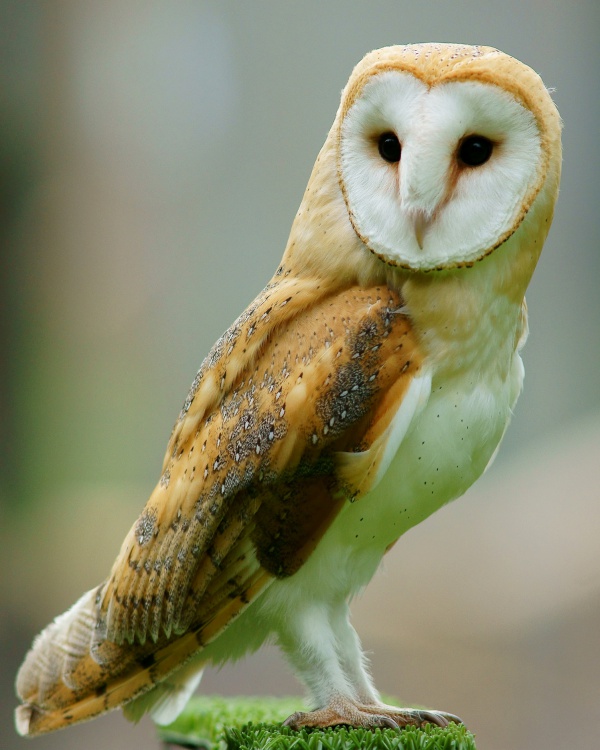
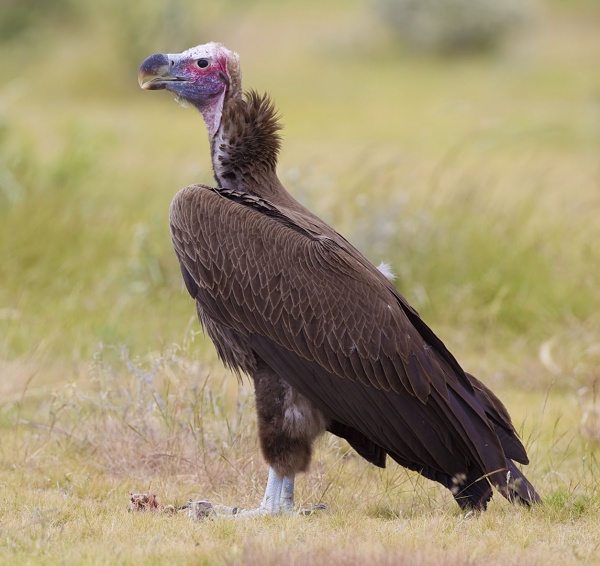
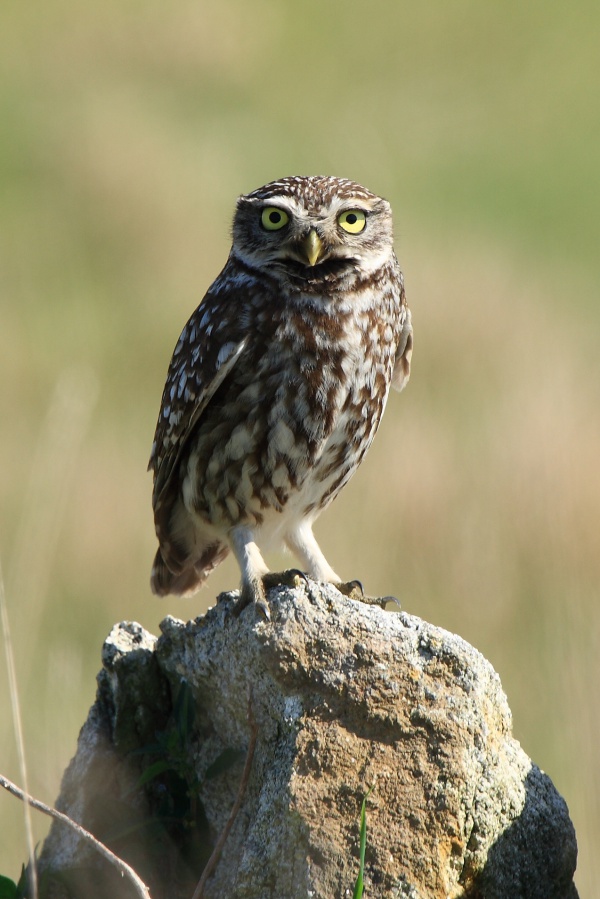
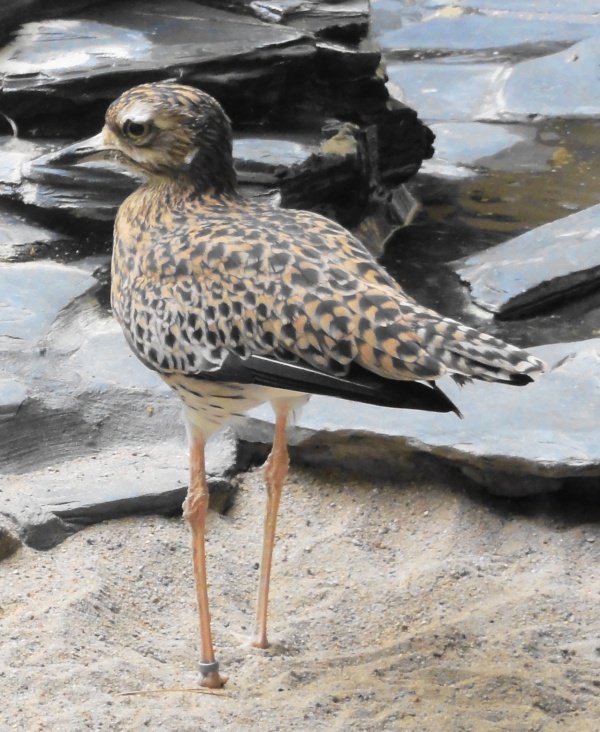
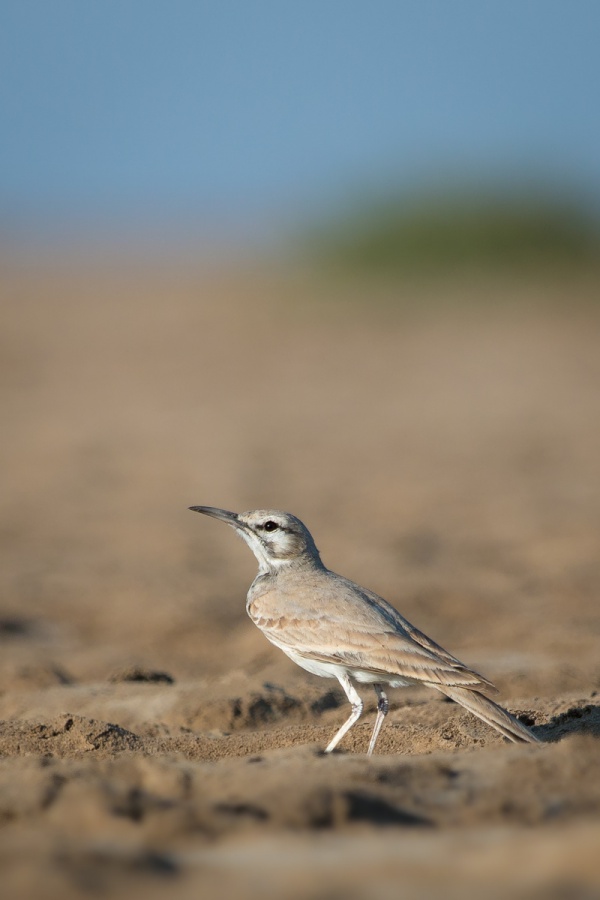
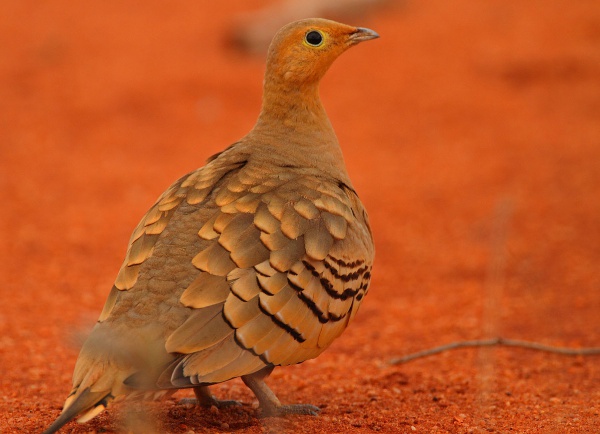
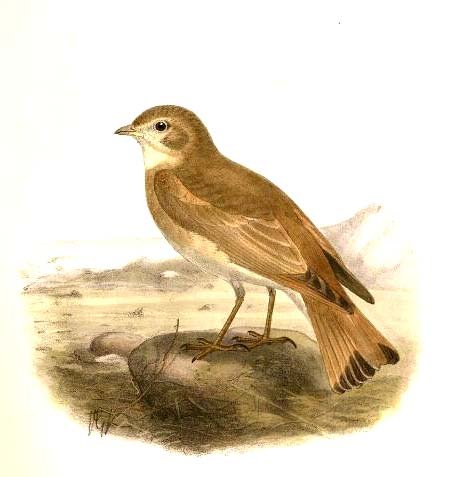
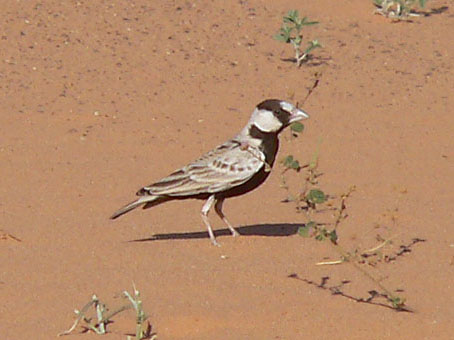
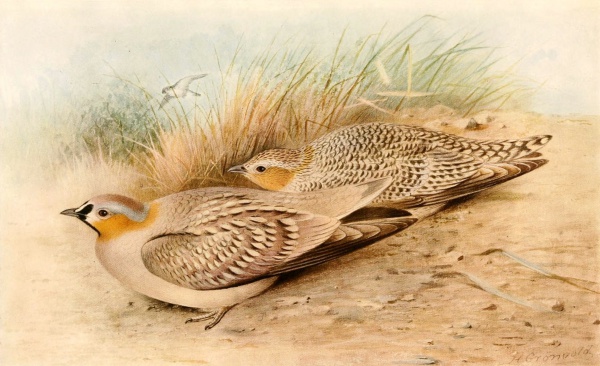
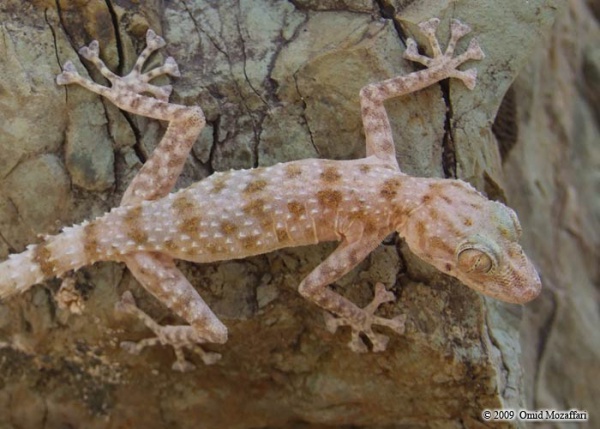
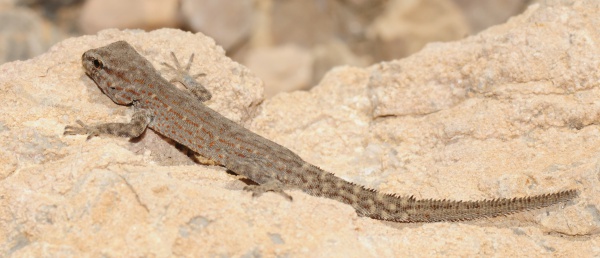
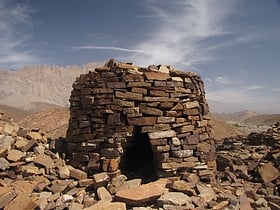
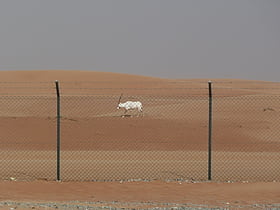
 Yemen
Yemen